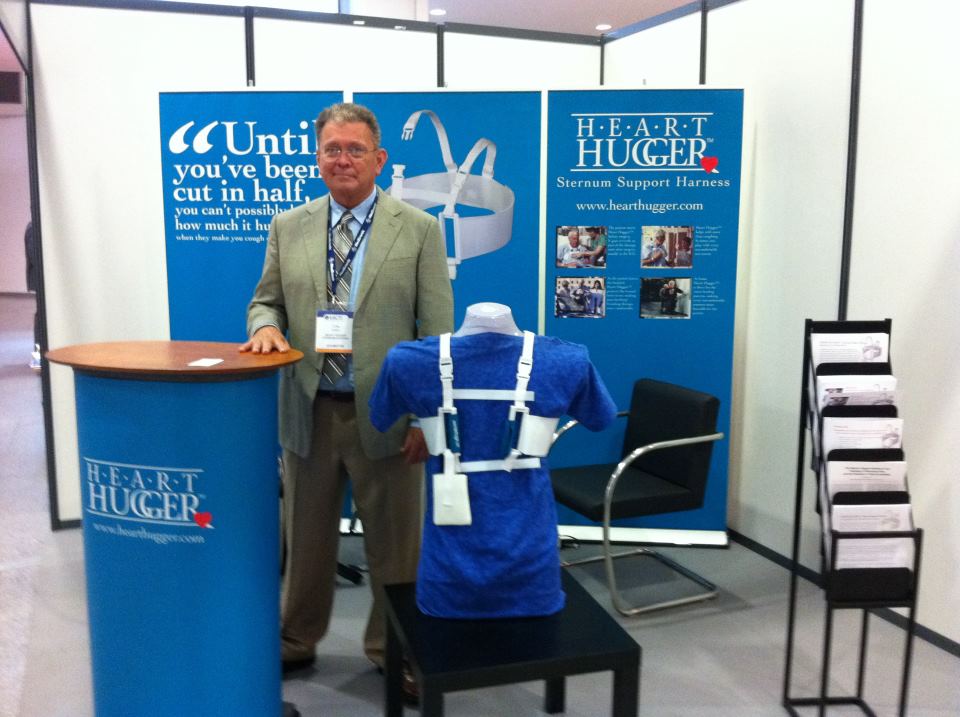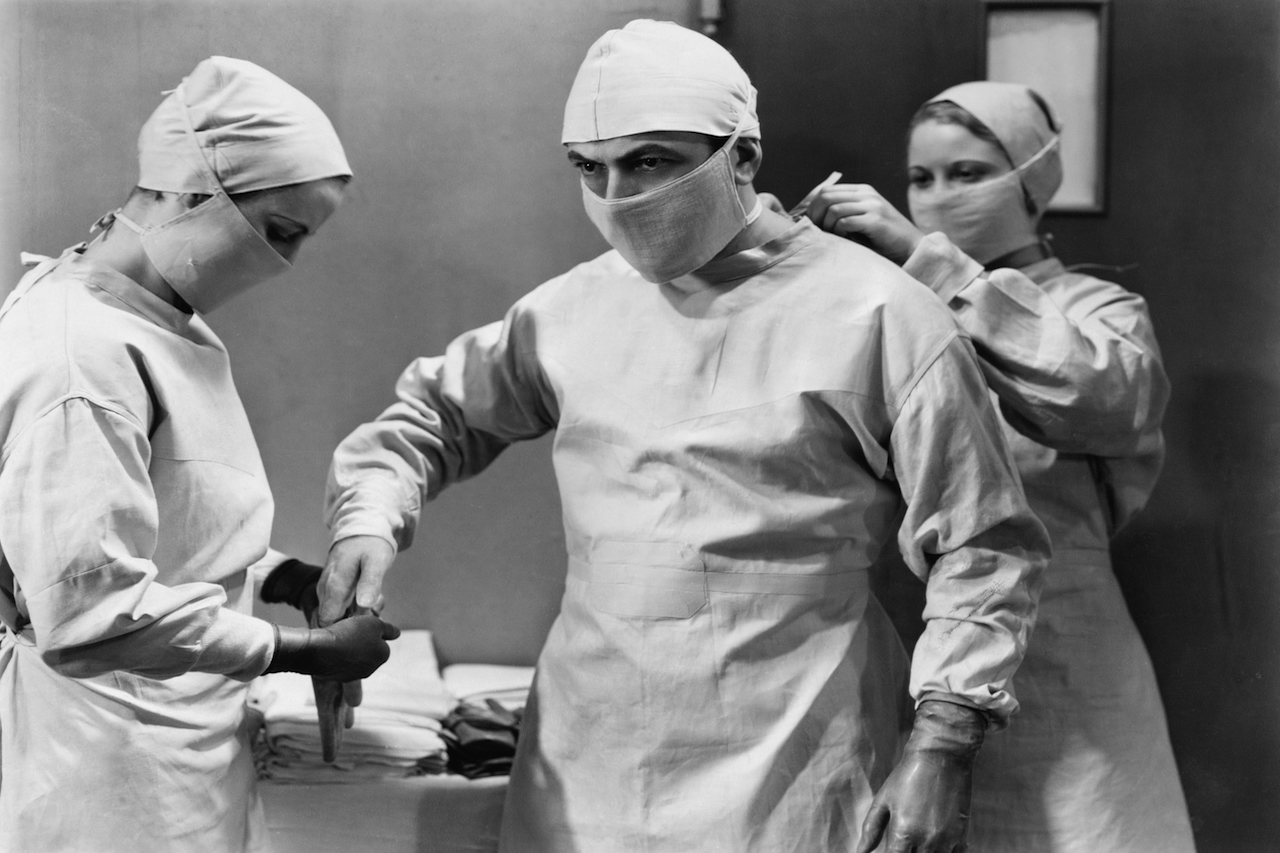The Society of Thoracic Surgeons 51st Annual Meeting
We're excited to be exhibiting at the Society of Thoracic Surgeons 51st Annual Meeting in San Diego, California. Ready to see how Heart Hugger can help your patients recover faster from thoracic surgery? Have questions about how to use or order Heart Hugger? Maybe you've heard that Heart Hugger and the Surgi Support Vest has helped patients become more mobile and compliant with their therapy after surgery?










